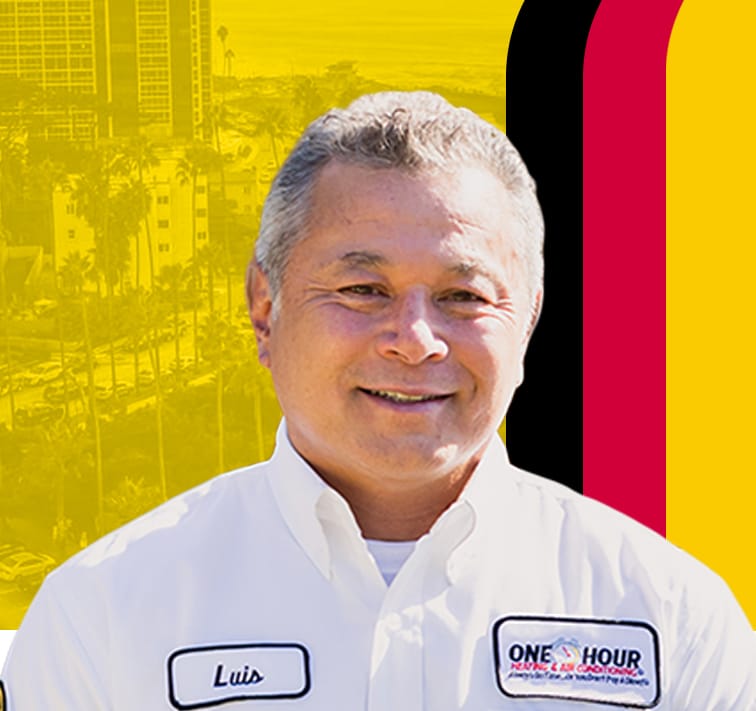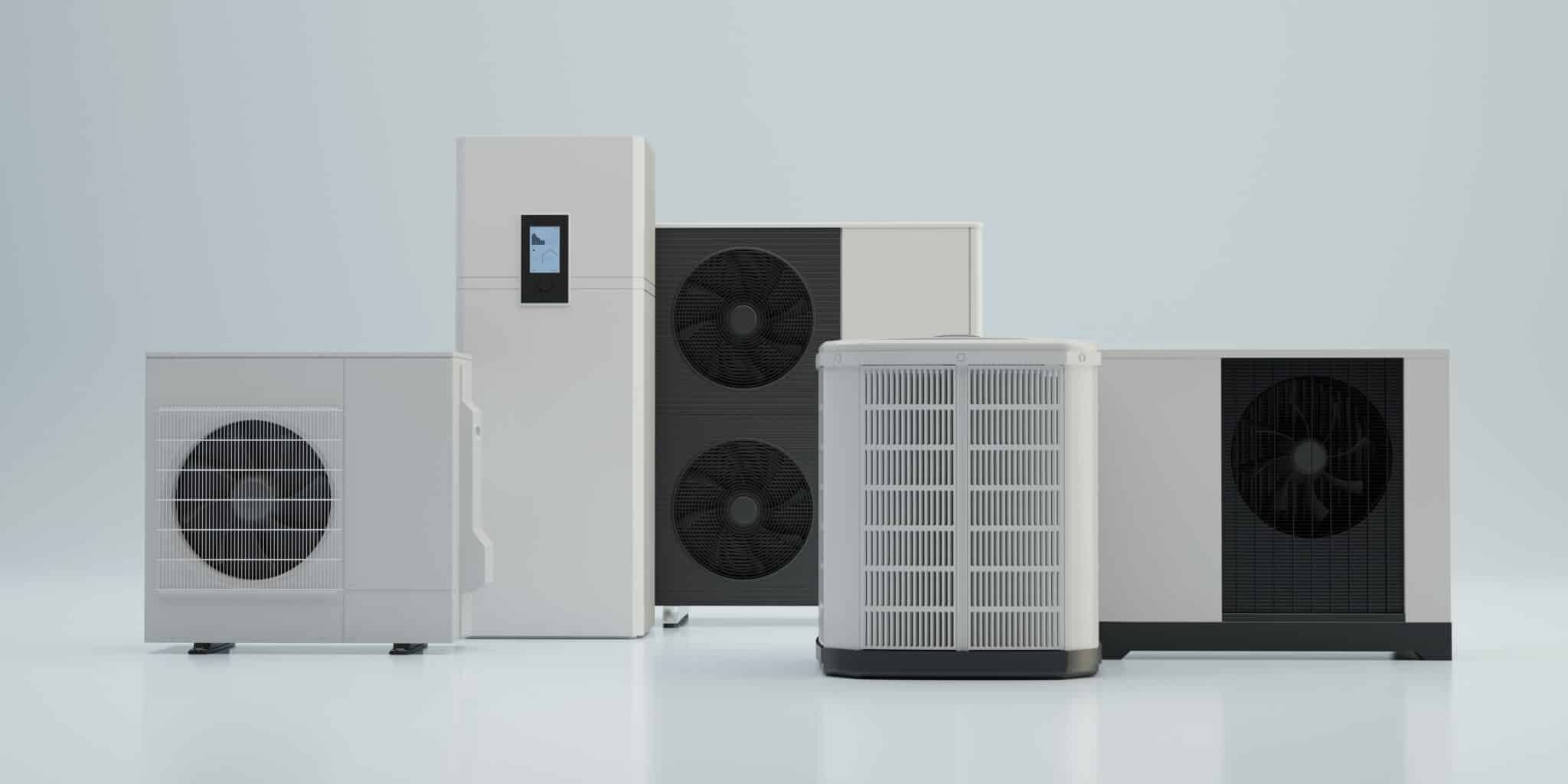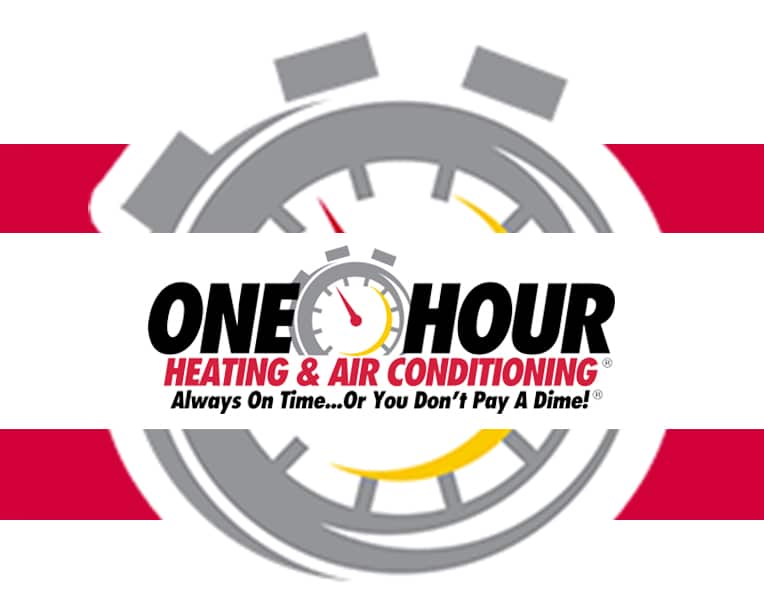Sustainable HVAC Options – Imagine stepping into your home after a long, hot day in San Diego, CA, and being greeted by a cool, refreshing breeze, all without a hefty electricity bill or harming the environment. Sounds ideal, right? Welcome to the world of sustainable HVAC systems!
In this blog, we’ll explore how you can keep your home comfortable while embracing eco-friendly practices. We’ll dive into various sustainable HVAC options and how they can transform your living space into an energy-efficient haven.
Whether you live in bustling San Diego, cozy La Mesa, or scenic Lakeside, this guide will help you make informed choices for a greener future.
Understanding Sustainable HVAC Systems
Overview of Sustainable HVAC
Sustainable HVAC systems are designed to provide heating, ventilation, and air conditioning in an energy-efficient and environmentally friendly manner.
These systems minimize energy consumption, reduce greenhouse gas emissions, and often use renewable energy sources.
As climate change becomes an increasing concern, adopting sustainable HVAC systems is crucial for reducing our carbon footprint and promoting a healthier planet.
Importance of Eco-Friendly HVAC in San Diego
San Diego’s warm climate makes efficient cooling systems a necessity. However, traditional HVAC systems can be energy hogs, leading to high utility bills and environmental damage.
By switching to sustainable HVAC options, you can enjoy a comfortable home while contributing to the city’s efforts to combat climate change. Plus, eco-friendly systems often come with financial incentives and long-term savings.
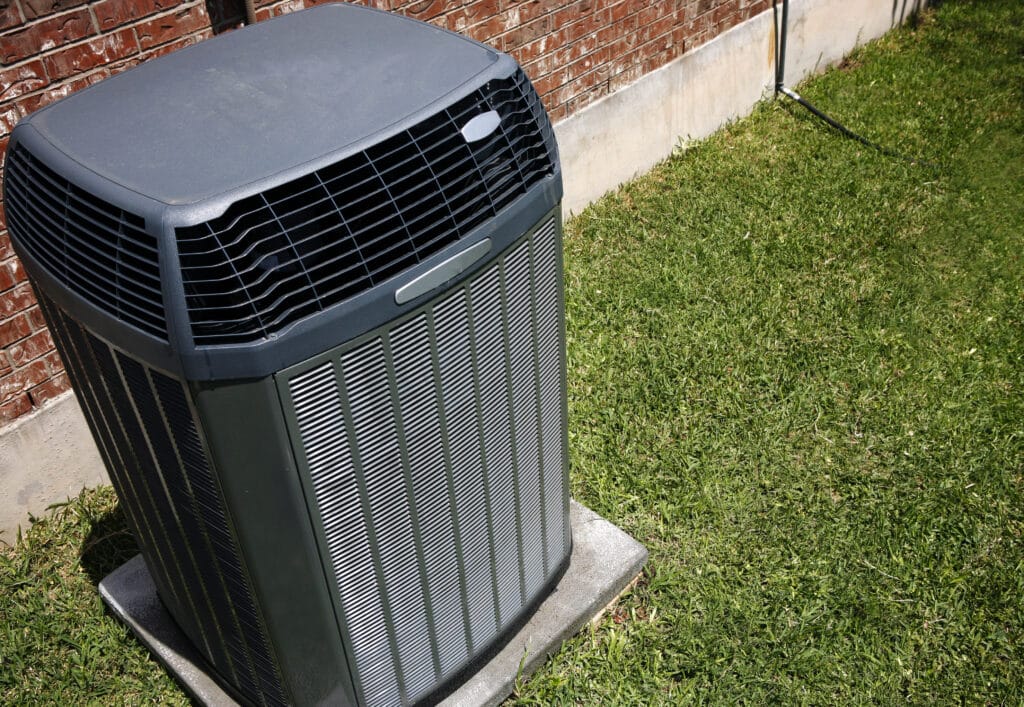
Benefits of Eco-Friendly HVAC Systems
Energy Efficiency
Sustainable HVAC options are designed to use less energy than their conventional counterparts. By optimizing energy use, these systems reduce overall consumption, resulting in lower utility bills.
This efficiency is achieved through advanced technologies like variable speed motors and smart thermostats, which adjust the system’s operation based on real-time needs.
Sustainable HVAC options not only improve energy efficiency but also contribute to a more consistent and comfortable indoor climate, ensuring your home stays pleasant throughout the year.
Cost Savings
While the initial investment in sustainable HVAC options can be higher, the long-term savings are significant. Energy-efficient systems lower your monthly energy bills, and many eco-friendly HVAC options come with rebates, tax credits, or other incentives.
Over time, these savings can offset the initial costs, making sustainable HVAC a smart financial choice. By investing in sustainable HVAC options, homeowners can benefit from reduced energy expenses and increased property value, as eco-friendly homes are becoming more desirable in the real estate market.
Environmental Impact
Traditional HVAC systems contribute to greenhouse gas emissions and deplete non-renewable energy sources. In contrast, sustainable HVAC options utilize renewable energy, such as solar power or geothermal energy, significantly reducing their environmental footprint.
By choosing eco-friendly options, you’re helping to protect the planet for future generations. Sustainable HVAC options play a crucial role in mitigating climate change by reducing the carbon emissions associated with heating and cooling.
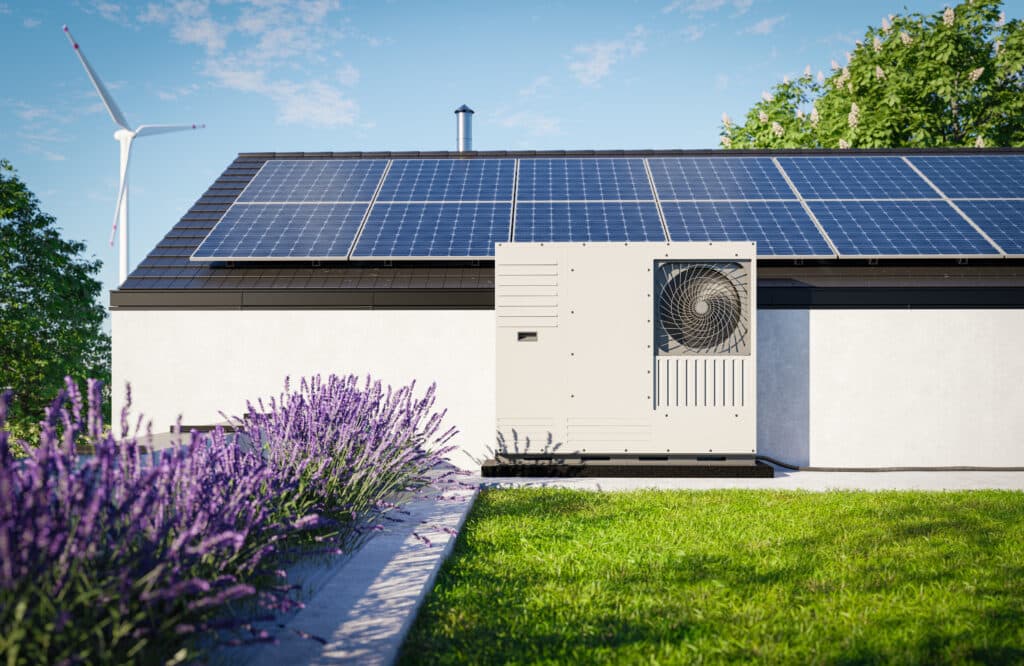
Types of Sustainable HVAC Options
Solar-Powered HVAC Systems
Harnessing the sun’s energy, solar-powered HVAC systems convert sunlight into electricity to power your home’s heating and cooling needs. In sunny regions like San Diego, these sustainable HVAC options can be highly effective.
Solar panels installed on your roof generate clean energy, reducing reliance on the grid and lowering your carbon footprint. This sustainable HVAC option is ideal for eco-conscious homeowners looking to utilize renewable energy.
Geothermal Heat Pumps
Geothermal heat pumps utilize the stable temperature of the earth to provide heating and cooling. By transferring heat to or from the ground, these sustainable HVAC options offer a reliable and energy-efficient way to maintain comfortable indoor temperatures.
They are particularly beneficial in areas with extreme temperature variations. This sustainable HVAC option can significantly reduce energy consumption and operating costs, making it a wise long-term investment.
High-efficiency furnaces and Air Conditioners
High-efficiency furnaces and air conditioners are designed to use less energy while providing the same level of comfort as traditional systems. These sustainable HVAC options often have higher SEER (Seasonal Energy Efficiency Ratio) ratings, indicating superior efficiency.
Upgrading to high-efficiency models can significantly reduce your energy consumption and costs, providing a more sustainable HVAC solution for your home.
Ductless Mini-Split Systems
Ductless mini-split systems offer a versatile and energy-efficient solution for heating and cooling individual rooms or zones within your home. Without the need for ductwork, these sustainable HVAC options minimize energy losses and provide targeted comfort where you need it most.
They are ideal for homes with specific areas that require different temperature settings, offering a flexible and sustainable HVAC solution.
Wind-Powered HVAC Systems
In coastal areas like San Diego, wind-powered HVAC systems can be a viable sustainable HVAC option. These systems use wind turbines to generate electricity, which powers your heating and cooling needs.
While less common, wind energy can be a sustainable and cost-effective solution, especially in areas with consistent wind patterns. This sustainable HVAC option helps reduce reliance on non-renewable energy sources and promotes environmental sustainability.
Radiant Heating and Cooling Systems
Radiant systems heat or cool surfaces (like floors or walls) to maintain comfortable indoor temperatures. These sustainable HVAC options are energy-efficient and provide consistent, even heating or cooling without the need for ductwork.
Radiant systems are particularly effective in homes with high ceilings or large open spaces, making them a practical sustainable HVAC solution for diverse architectural styles.
Heat Recovery Ventilation Systems
Heat recovery ventilation (HRV) systems improve indoor air quality and energy efficiency by exchanging stale indoor air with fresh outdoor air while recovering heat from the outgoing air.
This process reduces the load on your HVAC system, enhances comfort, and ensures a healthier living environment. HRV systems are an excellent sustainable HVAC option for maintaining optimal indoor air quality while conserving energy.
Hybrid HVAC Systems
Hybrid HVAC systems combine the best features of different heating and cooling technologies, such as a heat pump paired with a furnace.
These sustainable HVAC options switch between electricity and gas based on efficiency and cost-effectiveness, optimizing energy use and providing reliable comfort throughout the year.
Hybrid systems are a versatile sustainable HVAC solution, that adapts to varying weather conditions and energy prices to ensure maximum efficiency.
Choosing the Right Sustainable HVAC System for Your Home
Factors to Consider
When selecting a sustainable HVAC system, consider factors such as your home’s size, layout, and climate. San Diego’s warm climate might make solar-powered systems more appealing, while geothermal systems could be ideal for areas with greater temperature variations. Assess your specific needs and preferences to determine the best fit.
Professional Assessment
Consulting with a professional HVAC technician can help you make an informed decision. A thorough assessment of your home’s energy needs and current system will guide you in choosing the most suitable sustainable HVAC option. Professionals can also recommend any necessary modifications to maximize efficiency.
Budget Considerations
While sustainable HVAC systems can be a larger upfront investment, consider the long-term savings and potential incentives. Research available rebates, tax credits, and financing options to offset the initial costs. Remember, investing in energy efficiency can pay off significantly over time.
Installation Tips for Sustainable HVAC Systems
Choosing a Certified Installer
Selecting a certified installer is crucial to ensure your system is set up correctly and operates at peak efficiency. Look for professionals with experience in sustainable HVAC installations and check their credentials. Proper installation is key to maximizing your system’s performance and lifespan.
Ensuring Proper Sizing
An HVAC system that is too large or too small for your home can lead to inefficiencies and higher energy costs. A professional installer will perform a load calculation to determine the right size system for your needs. This ensures optimal performance and energy efficiency.
Integration with Existing Systems
If you’re upgrading an existing HVAC system, consider how the new sustainable options will integrate with your current setup. Proper integration can enhance overall efficiency and ensure a seamless transition. Your installer can guide the best approach for your home.
Maintenance Tips for Eco-Friendly HVAC Systems
Regular Inspections
Regular inspections by a qualified technician are essential to keep your sustainable HVAC system running smoothly. Scheduled maintenance checks can identify potential issues before they become major problems, ensuring your system operates efficiently and extends its lifespan.
Cleaning and Replacing Filters
Clean filters are vital for maintaining air quality and system efficiency. Check and replace filters regularly according to the manufacturer’s recommendations. Dirty filters can restrict airflow, forcing your system to work harder and use more energy.
Seasonal Maintenance Tasks
Performing seasonal maintenance tasks can keep your system in top condition. This includes tasks like cleaning condenser coils, checking refrigerant levels, and inspecting ductwork. Regular maintenance helps prevent breakdowns and ensures your system operates efficiently year-round.
Upgrading Your Existing HVAC System
Benefits of Retrofitting
Retrofitting your current HVAC system with sustainable components can provide many of the benefits of a new system without the full replacement cost. Upgrades like adding a smart thermostat or improving insulation can enhance efficiency and reduce energy consumption.
Cost vs. Savings Analysis
Before upgrading, conduct a cost vs. savings analysis to determine the potential return on investment. Compare the costs of retrofitting against the projected energy savings and incentives. This analysis can help you make an informed decision about which upgrades are most beneficial.
Innovative HVAC Technologies
Smart Thermostats
Smart thermostats allow you to control your HVAC system remotely and optimize energy use based on your schedule. These devices learn your preferences and adjust settings automatically, ensuring comfort while minimizing energy consumption.
Zoned HVAC Systems
Zoned HVAC systems divide your home into different areas, each with its own temperature control. This allows you to heat or cool only the areas in use, reducing energy waste and increasing comfort. Zoned systems are ideal for larger homes or homes with varying temperature needs.
Variable Speed Technology
Variable speed technology allows HVAC systems to operate at different speeds based on demand. This leads to more precise temperature control, reduced energy consumption, and quieter operation. Systems with variable-speed technology can adjust to your home’s needs in real-time, providing optimal comfort and efficiency.
Energy-Efficient Practices for HVAC Use
Optimizing Thermostat Settings
Setting your thermostat to energy-efficient temperatures can significantly reduce energy consumption. In San Diego’s climate, aim for 78°F in the summer and 68°F in the winter when you’re at home. Adjust settings when you’re away to save even more energy.
Enhancing Home Insulation
Proper insulation is key to maintaining comfortable indoor temperatures and reducing energy use. Ensure your home is well-insulated, including walls, attics, and windows. Insulation helps keep cool air in during the summer and warm air in during the winter, reducing the workload on your HVAC system.
Using Ceiling Fans for Air Circulation
Ceiling fans can complement your HVAC system by enhancing air circulation. In the summer, set fans to rotate counterclockwise to create a cooling breeze. In the winter, reverse the direction to circulate warm air. Using fans can help you feel more comfortable at higher thermostat settings, reducing energy use.
Sustainable HVAC Options for Different Home Types
Single-Family Homes
Single-family homes often have more flexibility for installing sustainable HVAC systems. Sustainable HVAC options like solar panels, geothermal heat pumps, and high-efficiency furnaces can be customized to meet your specific needs, providing significant energy savings and enhancing your home’s value.
Apartments and Condos
For apartments and condos, ductless mini-split systems or high-efficiency furnaces are excellent choices among the sustainable HVAC options available. These systems require less space and can be installed without extensive modifications, making them ideal for multi-unit buildings.
Historic Homes
Historic homes may present unique challenges for installing sustainable HVAC systems. However, sustainable HVAC options like ductless mini-splits and radiant heating can provide efficient solutions without compromising the home’s integrity, ensuring modern comfort while preserving historical charm.
The Role of HVAC in Sustainable Home Certifications
LEED Certification
LEED (Leadership in Energy and Environmental Design) certification recognizes buildings that meet high standards for energy efficiency and sustainability. Installing a sustainable HVAC system can contribute to earning LEED points, enhancing your home’s environmental credentials and marketability.
Energy Star Ratings
Energy Star ratings identify products that meet strict energy efficiency guidelines set by the U.S. Environmental Protection Agency. Choosing Energy Star-rated HVAC systems ensures you’re investing in high-performance, energy-efficient equipment that reduces energy consumption and lowers utility bills.
Transform Your Home with Eco-Friendly Cooling Solutions!
Ready to make your home more energy-efficient and environmentally friendly with sustainable HVAC solutions?
Contact One Hour Heating & Air Conditioning San Diego today! Our expert team is here to guide you through choosing the perfect eco-friendly HVAC system tailored to your needs.
Embrace the benefits of innovative, sustainable technologies and step into a cooler, greener future.
Call us now at 619-639-4017 for a consultation and discover how you can contribute to a healthier planet while enjoying a comfortable home environment.
Transform your living space with natural cooling solutions from One Hour Heating & Air Conditioning San Diego!
FAQs
What are the benefits of installing a solar-powered HVAC system in San Diego?
Installing a solar-powered HVAC system in San Diego can significantly reduce your reliance on the grid, lower your electricity bills, and decrease your carbon footprint. Given San Diego’s abundant sunshine, solar panels can effectively generate clean energy to power your home’s heating and cooling needs, making it a cost-effective and environmentally friendly choice.
How do geothermal heat pumps work, and are they suitable for homes in La Mesa, CA?
Geothermal heat pumps work by transferring heat to or from the ground, utilizing the earth’s stable temperature to provide heating and cooling. They are highly efficient and can reduce energy consumption. For homes in La Mesa, CA, geothermal heat pumps can be a great option, particularly in areas with varying temperatures, as they offer consistent and reliable indoor comfort year-round.
Are ductless mini-split systems a good option for older homes in Lakeside, CA?
Yes, ductless mini-split systems are an excellent option for older homes in Lakeside, CA. These systems do not require ductwork, which makes them easier to install in homes that may not have existing ducts. They provide targeted heating and cooling, which can be beneficial for maintaining comfort in specific rooms or zones without the need for extensive renovations.
Can wind-powered HVAC systems be effective in coastal areas like San Diego?
Wind-powered HVAC systems can be effective in coastal areas like San Diego, where wind patterns are consistent. These systems use wind turbines to generate electricity, providing a sustainable and cost-effective solution for powering your heating and cooling needs. While less common, wind energy can be a viable option for reducing energy costs and environmental impact in areas with steady winds.
What maintenance is required for radiant heating and cooling systems to ensure optimal performance?
Radiant heating and cooling systems require regular maintenance to ensure optimal performance. This includes checking for leaks, ensuring proper insulation, and periodically cleaning the system components. It’s also important to have a professional inspect the system annually to address any potential issues and maintain efficient operation.
What are the long-term benefits of choosing sustainable HVAC options for a home in San Diego?
Choosing sustainable HVAC options for a home in San Diego can significantly reduce energy costs due to their high efficiency. These systems often offer longer operational lifespans and lower maintenance needs, enhancing their overall value.






